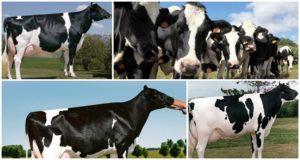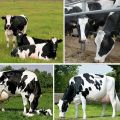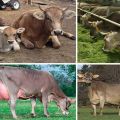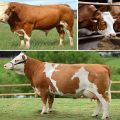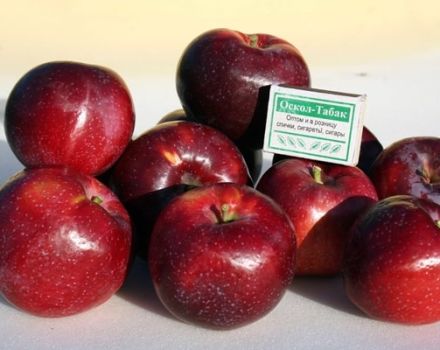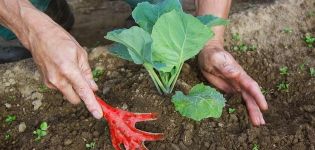Description and characteristics of cows of the Latvian blue breed, their content
Sometimes a rare phenomenon can be seen in the peasant farms of the Baltic states. Unique cows - Latvian blue cows graze in the fields. The animals got their name from the unusual grayish-blue hue of the skin. The world's oldest breed is endangered. Today, there are no more than a hundred copies of the once popular species.
Description and characteristics of Latvian blue
The first official records of an unusual animal date back to the beginning of the last century. The Latvian blue breed is native to the Baltic Sea coast and is now seen by farmers in Kurzeme. Locals believe that the blue cow emerged from the water surface. The herd of the ancient goddess of the sea rose to land when the moon appeared in the sky. One animal got lost and ended up in the village to the fishermen. He is considered the progenitor of the earthly species.
The breed has a meat and dairy direction. Weight gain is fast, but milk is a priority. The fat content of the drink is 4.5%. But at least 7 animals are known, in which this figure exceeds 5%. And in one of the regions of Latvia, a blue cow was raised, giving milk with a protein content of about 4% and a fat content of 6.27.
The milk yield is 15 liters per day after the first calving. Later it reaches 30 liters. From 10 liters of milk, up to 3 kilograms of cottage cheese are obtained. The oil based on the product turns out to be a bright yellow color. The color of the animal's fur is blue, sometimes in combination with a gray tint.
Positive and negative sides
The Latvian blue breed belongs to the universal type. In animals, both directions of development are expressed. But dairy products are distinguished by their high quality and protein content. Like other cattle, blue cows have their own advantages and disadvantages.
Blue cows can be bred in different regions. In Russia, the breed will take root almost everywhere, with the exception of the southern regions with a sultry climate.
Maintenance and care
The living conditions of Latvian blue cows depend on the season. In summer, animals are released to graze. A walking area with good and succulent grass is best selected near the farm. It is advisable to equip a canopy to protect from bad weather.
Feeders and separate water tanks are installed in the pen for winter keeping. If possible, the process will be automated.
Hay mats are laid on the floor. The mixture of peat and sawdust absorbs moisture and unpleasant odors. As the layers are trampled down and wet, the layers are removed, and then new ones are added. This "mattress" protects animals in winter weather.
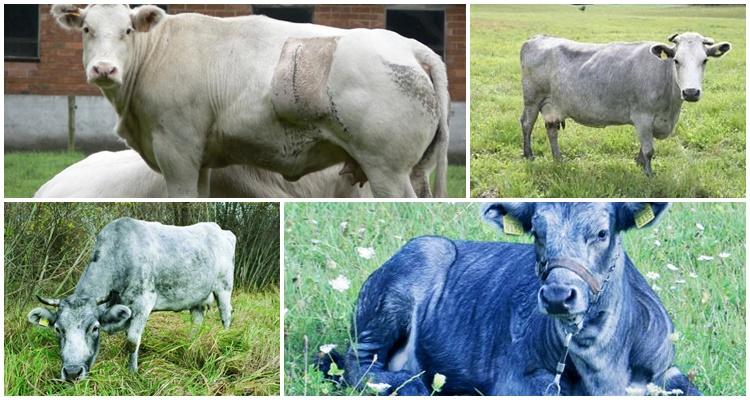
Latvian cows are adapted to cool climates. The animal housing is regularly ventilated. It is desirable that the building has large windows that let in a sufficient amount of sunlight. Blue animals are very clean. The corral is advised to be cleaned every 2 days.
What to feed the breed
When feeding blue cows, it is important to follow the regimen and take into account several rules:
- Monitor the quality of food.
- The diet includes concentrated feed, fresh grass and root crops, hay and vitamin complexes.
- Refill drinkers regularly. If it is impossible to automate the water supply, make sure that the liquid level does not drop to minimum values.
The first feeding is carried out early in the morning, the breaks between meals are made the same.
Breeding rules
A rare breed of hardy, unassuming and weather-resistant. Blue animals claim to be widespread breeding. A cow after mating with any bull produces blue offspring. The difficulty is that there are almost no unique animals left. It is very difficult to acquire calves with a blue coat color. But a bonus for farmers who decide to take such a step will be federal subsidies. The Latvian government is interested in the conservation of cows, which are the country's national symbol. The European Union also helps livestock breeders, a special program has been developed to save the endangered species.
Possible diseases
Blue cows have strong immunity. The breed is leukemia resistant. Not a single fact of the disease with a dangerous ailment has been registered. The animals are also distinguished by the absence of genetically fixed mastitis.
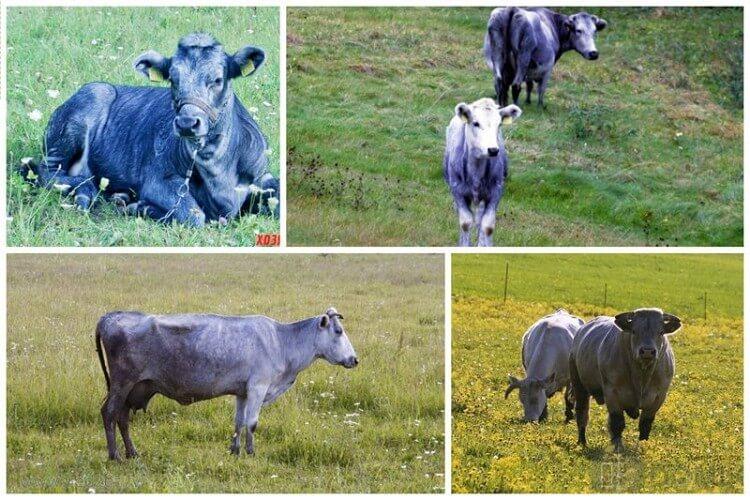
The main problems arise with poor care:
- Keeping in pens with poor ventilation.
- Dirt and irregular cleaning.
- Litter, which is rarely changed, becomes a breeding center for pathogenic bacteria.
- Unbalanced feeding.
Dangerous for blue cows and epidemics. A timely vaccination will protect against rabies, foot and mouth disease, anthrax and other deadly diseases.
Summer heat is favorable for the development of pathogenic microorganisms. Sanitation of the barn will save you from problems. To preserve the health of animals, it is advised to observe hygiene measures and monitor the condition of the cows. For abnormal behavior, call a veterinarian. Isolating sick individuals will stop the spread of infection among the rest of the population. The Latvian blue cow is a rare species that has a century of development history. The conservation of blue animals now depends on the efforts of enthusiasts and the support of the authorities.



